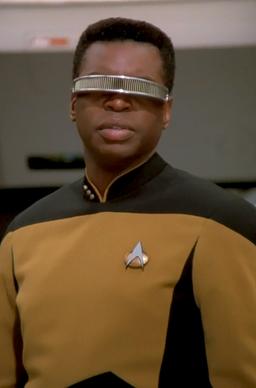Imagine having night vision goggles, binoculars, and your favorite video game system all in your contacts.
Engineers say they have combined a flexible contact lens with an imprinted electronic circuit and lights for the first time.
The 'bionic' lens could give wearers a new look at the world by superimposing computerised images onto their natural view.
Such virtual displays could be useful to drivers and pilots, who could have route, weather or vehicle status information overlaid onto their vision.
Video game players could immerse themselves in a virtual world without restricting their range of motion.
The lens could even be paired with sensors that monitor a person's biological conditions - cholesterol level or the presence of viruses and bacteria - and transmit the data wirelessly to a computer.
"If we're successful initially, and it takes off, this can get really sophisticated in the next few years," says Babak Parviz, an assistant professor of electrical engineering at the University of Washington in Seattle.
For example, Parviz says miniature cameras with adaptive lenses could be incorporated, which could zoom in on something far away or look at something very close. This would essentially provide bionic vision.


Engineers say they have combined a flexible contact lens with an imprinted electronic circuit and lights for the first time.
The 'bionic' lens could give wearers a new look at the world by superimposing computerised images onto their natural view.
Such virtual displays could be useful to drivers and pilots, who could have route, weather or vehicle status information overlaid onto their vision.
Video game players could immerse themselves in a virtual world without restricting their range of motion.
The lens could even be paired with sensors that monitor a person's biological conditions - cholesterol level or the presence of viruses and bacteria - and transmit the data wirelessly to a computer.
"If we're successful initially, and it takes off, this can get really sophisticated in the next few years," says Babak Parviz, an assistant professor of electrical engineering at the University of Washington in Seattle.
For example, Parviz says miniature cameras with adaptive lenses could be incorporated, which could zoom in on something far away or look at something very close. This would essentially provide bionic vision.




